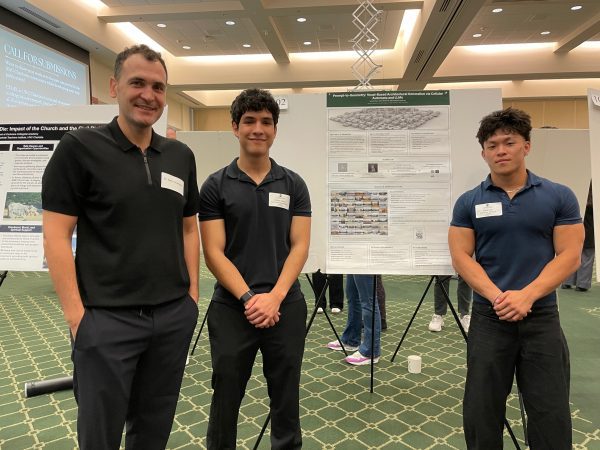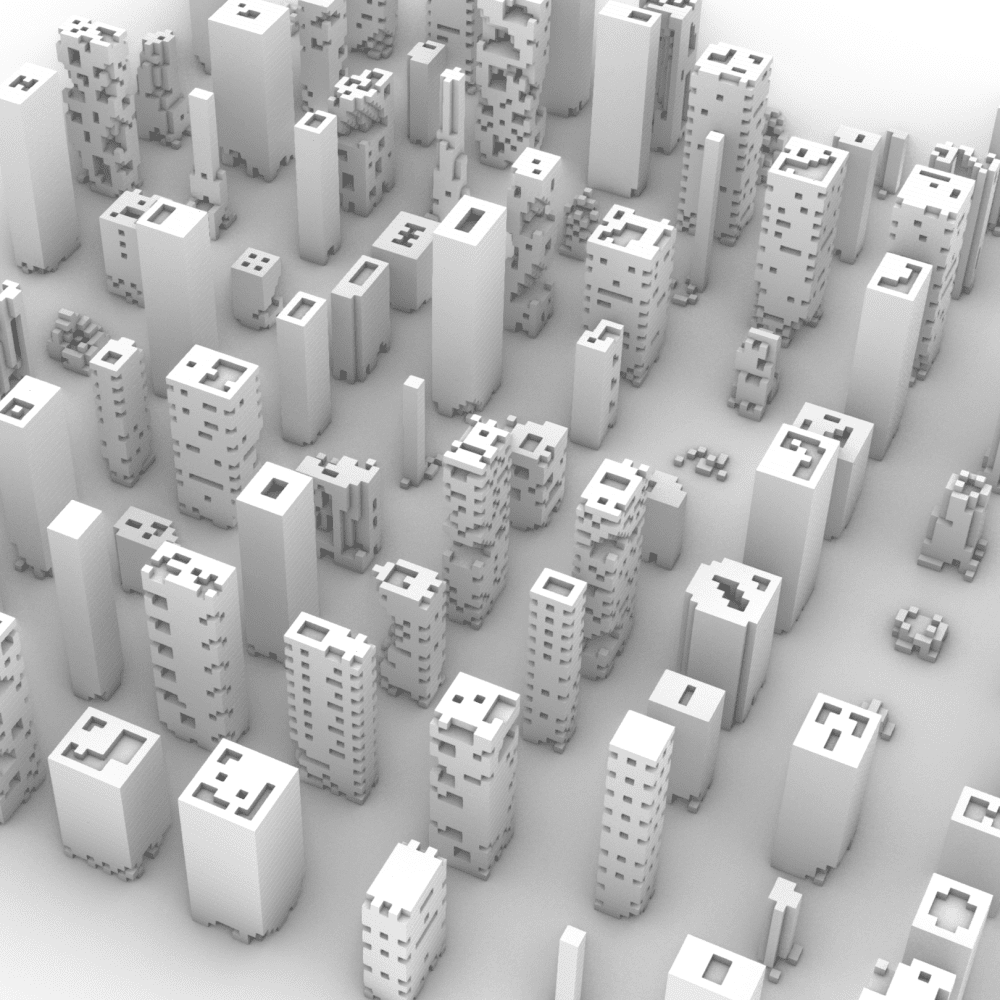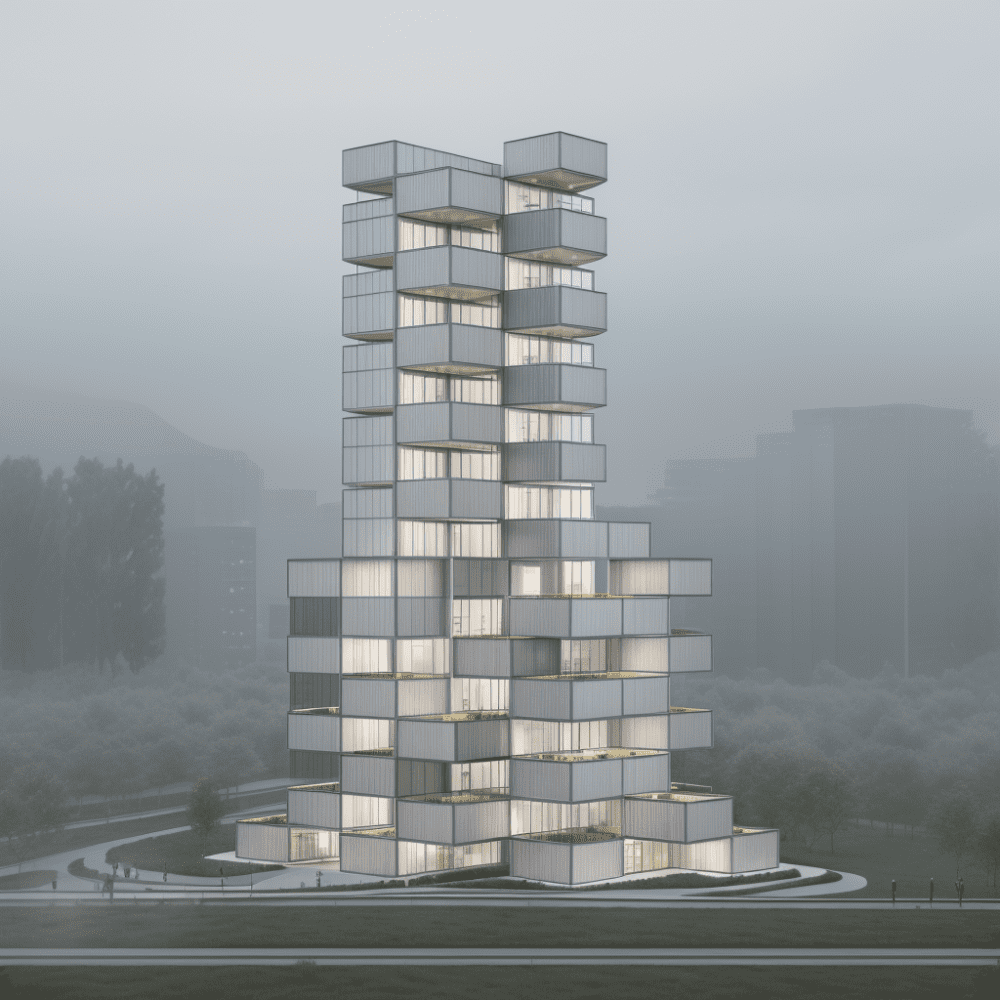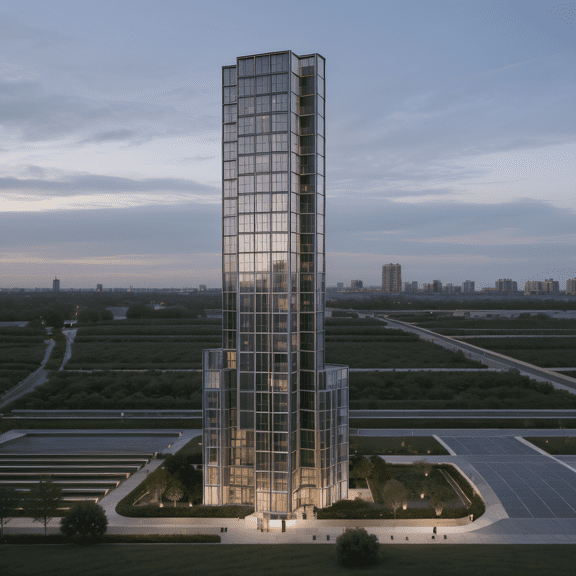Advancing the Use of Generative AI in Architectural Research

Interdisciplinary design research was on display July 25 at the Office of Undergraduate Research (OUR) Summer Research Symposium, where Assistant Professor of Architecture Sabri Gökmen and his two summer research scholars presented their project, “Prompt-to-Geometry: Exploring Large Language Models for Generative Python Scripting in Architectural Design.”
Juniors Aidan Oh, a computer science major, and Andrei Vince, a computer engineering major, earned a stipend and insight into the field of architecture working with Gökmen during their 12-week OUR program.
Here was their challenge: You’re an architect, and you want to use AI to quickly produce a 3D architectural visualization from a verbal description. How should you describe your building, and how can you make sure the AI will accurately transmit your concepts into an image or model?
“Generative tools frequently lack the precision needed for architectural applications,” said Vince in the students’ symposium poster presentation.
You’re an architect, and you want to use AI to quickly produce a 3D architectural visualization from a verbal description. How should you describe your building, and how can you make sure the AI will accurately transmit your concepts into an image or model?
In a kind of reverse engineering, working from an image backwards, the students “taught” generative AI to recognize text prompts to produce photorealistic renderings of geometric structures.



“We created a Python (programming language) that can understand architectural descriptions in natural language and also automatically produce complex models and detailed images,” Oh said in the presentation.
Whereas a designer working without AI might take hours to produce a 3D visualization, the automation that the students developed can produce the image in 17 seconds.
Gökmen is a computational designer, researcher and educator with over a decade of expertise in parametric modeling, generative art, digital fabrication and software development. He said that this research both explored the capacities of the technology and also how to more precisely use words to generate architectural imagery. It is a skill he will be helping students develop this academic year as the School of Architecture’s second year studio coordinator.
“As architects, I don’t think we know how to describe things yet,” he said. “We’re 3D thinkers.”